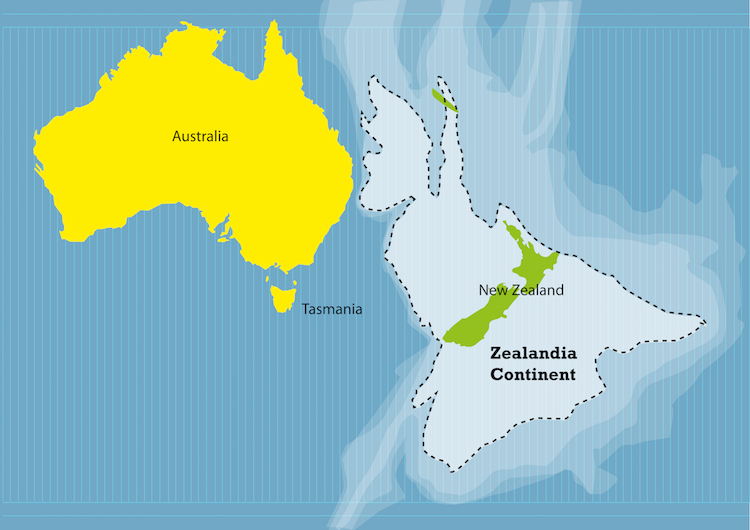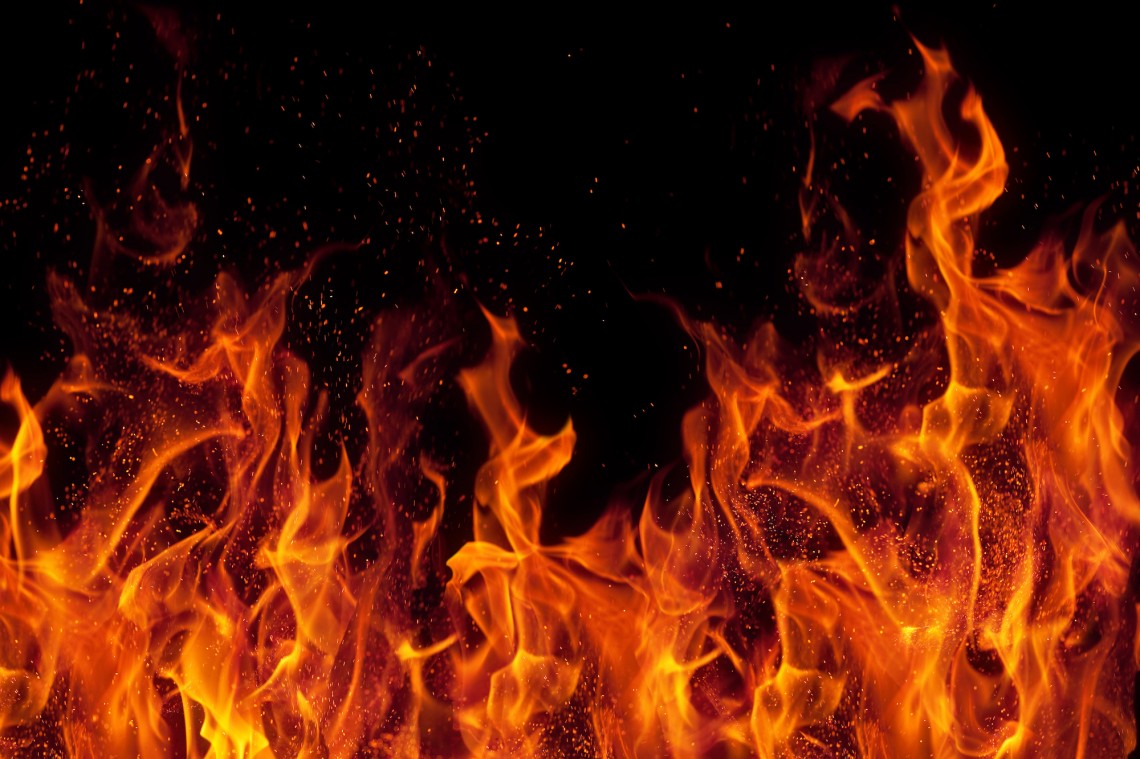Deciphering the past carbon cycle from calcifiers
Prof Rosalind Rickaby, Department of Sciences, University of Oxford
7th March 2019
7th March 2019
Rosalind has dedicated her time and effort in investigating earth’s past climate by using the chemistry of sedimentary microfossils to obtain a quantitative insight the paleo-climate.
In her research, she investigate the change of the environment and the effect it has on the physiology of the microfossils. The technique uses is fairly new as in involve the separation of single species of foraminifera and coccolithosphore. Paleo-physiology is a new knowledge combining the knowledge of physiological effect on isotopic offsets.Translate isotopic signals from interplay of physiology and environmental changes.
“Record of Carbon Cycle from Cenozoic”
Change in climate sensitivity, could be recorded in proxy.
Only 1 parameter of the carbonate system, because need 2 to constrain PCo2; change in Ph (record change of CO2) – Hydration of CO2
Key factors, high CO2, in lower pH value is not enough. The total dissolve can be justify only with Ph and carbon isotope where carbon isotope system; C-12, C-13, C-14(radioactive), involving isotopic fractionation lead to different reaction.
Photosynthesis reaction fixes carbon, fractionate carbon produce rabusco, an important enzyme.In comparison, inorganic matter in modern day are heavier than the past. This could be due to the diffusive framework, when carbon decrease, rubisco cause less fractionation.
Integration of carbon data, assuming they are coming from diffusion, but they are coming from bicarbonate pool as well, help photosynthesis where the lighter carbon is removed showing the declining trend of CO2 in the changing environment in the past.
They also decided to select smaller lower coccolith, foraminifera to observe change in C13 and size. When photosynthesis is high, the lighter isotope is removed. The changes tend to start at lower size, remove the light isotope, observation; as they get bigger they have more symbiont.
The existence of the ‘carbonate ion effect’ implies quantitative transformation of this carbon to calcite.
The internal pool is tainted by old isotopically light metabolic Carbon. Metabolic rate and size.
· CORRECT FRAMEWORK IN INTERPRETING CARBON ISOTOPES
· UNDERSTANDING THE MECHANICAL OF THE PROXY
Other works of Rosalind Rickaby :


